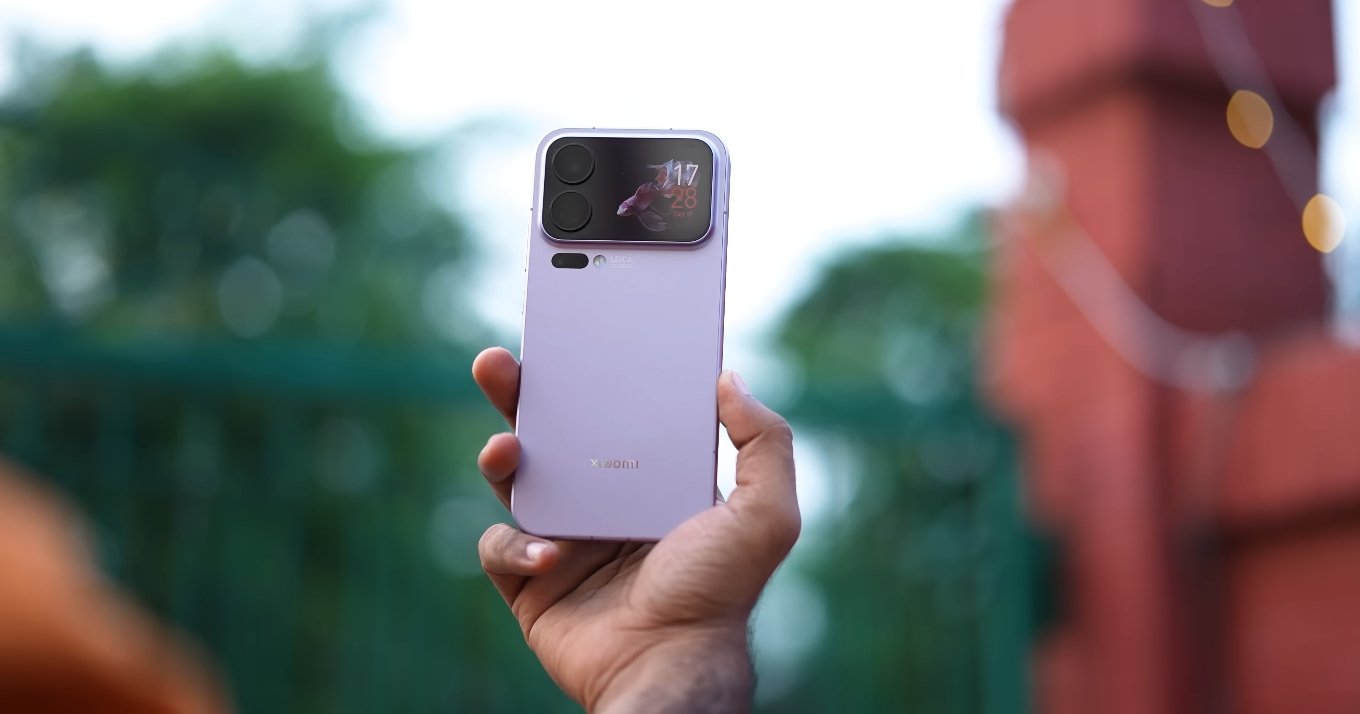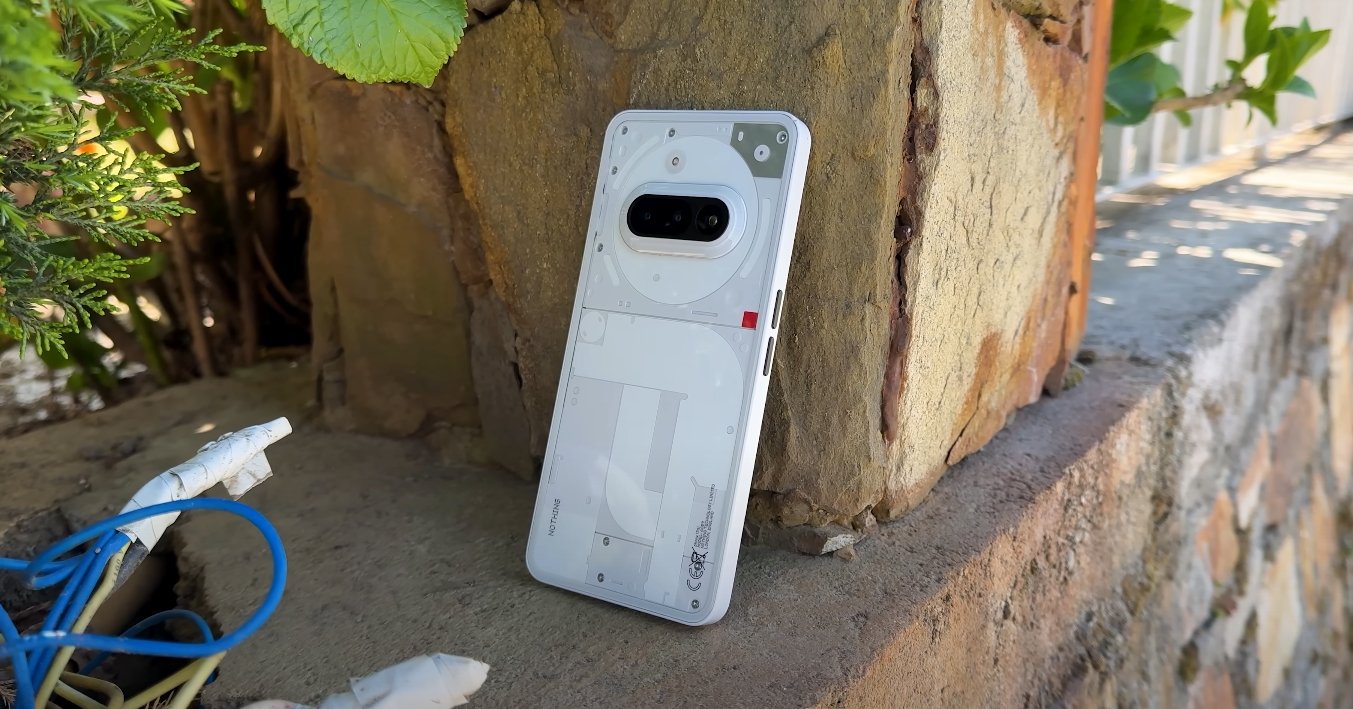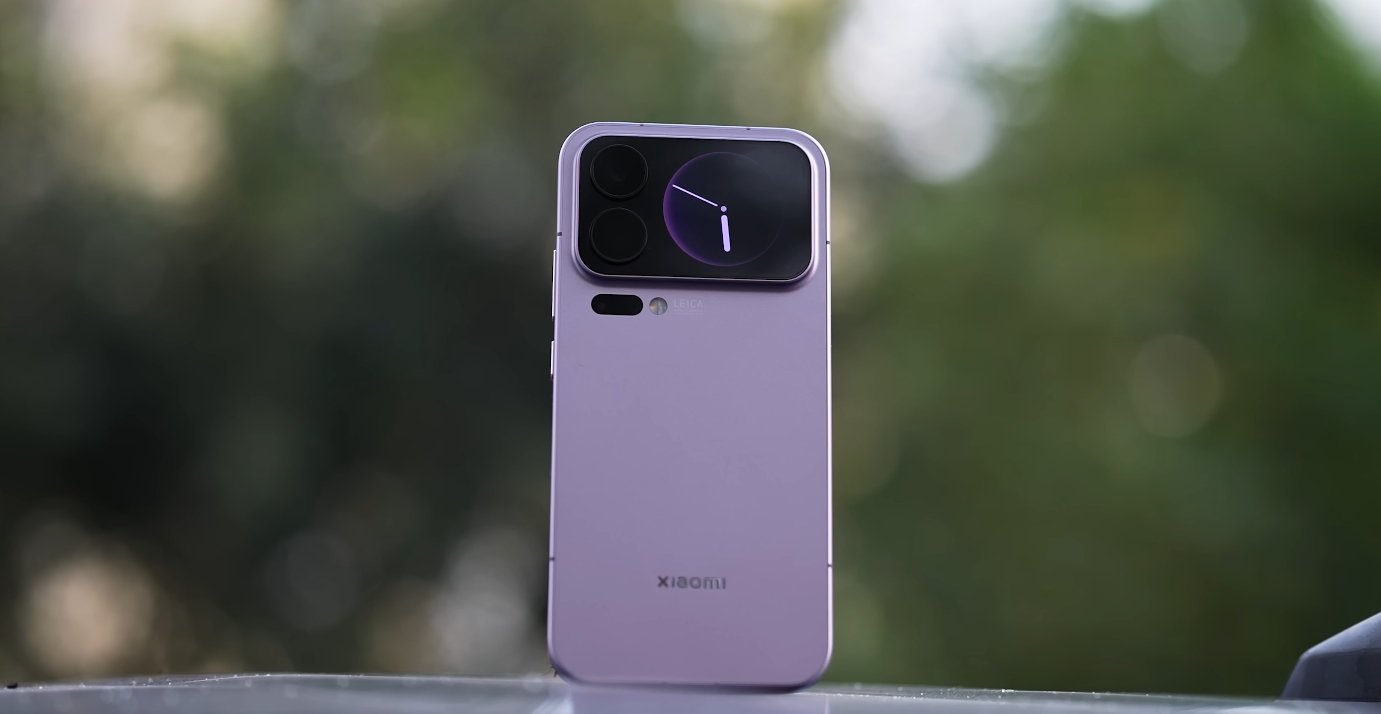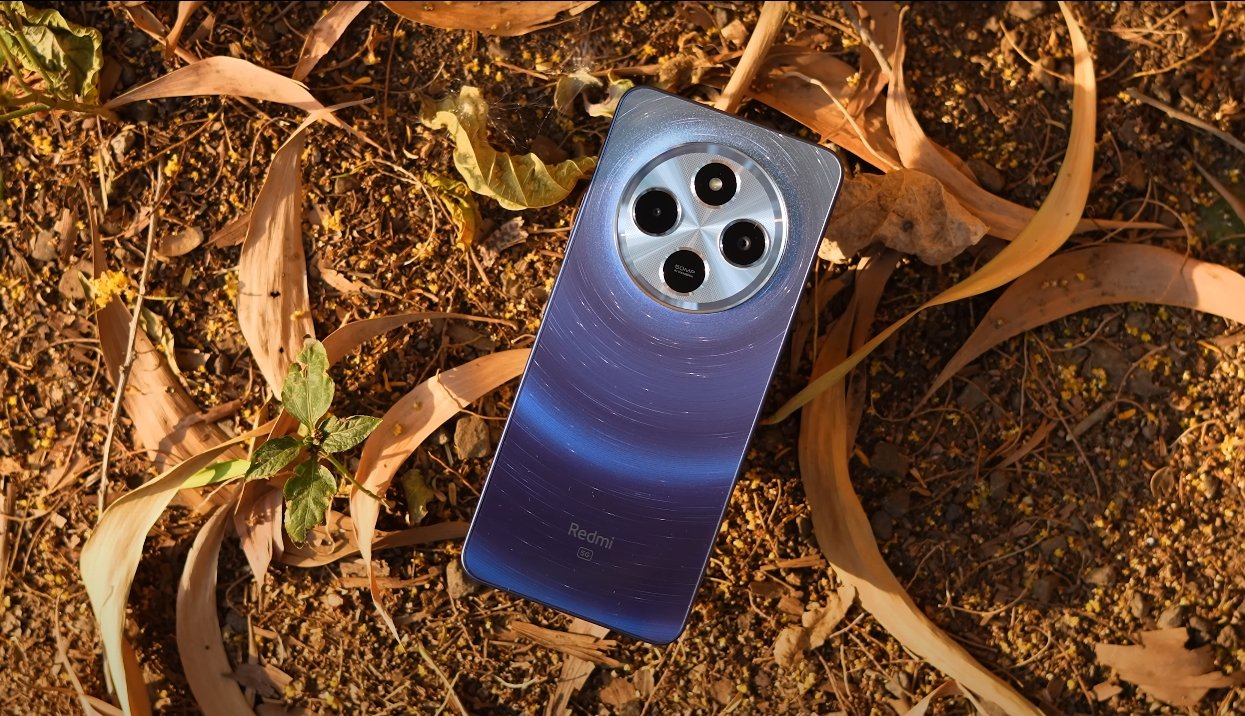Speed Comparison Between Xiaomi 17 Pro Max and Xiaomi 17 Ultra
Xiaomi continues to dominate the flagship Android market in 2025 with its latest high-end smartphones, the Xiaomi 17 Pro Max and the Xiaomi 17 Ultra. Both models are powered by Qualcomm’s most advanced chipset and designed to deliver top-tier performance across multitasking, gaming, and productivity. However, while they share the same processor, the real difference comes down to optimization, thermal control, and real-world speed results. This in-depth speed test comparison reveals how the two devices perform under daily use and heavy workloads.
Both smartphones feature the Snapdragon 8 Elite Gen 5 processor built on a 3nm process, which brings improved efficiency and speed over previous generations. Paired with up to 16GB of LPDDR5X RAM and UFS 4.1 storage, both devices are capable of handling the most demanding applications with ease. In raw processing power, the difference between the Xiaomi 17 Pro Max and 17 Ultra is minimal. However, the Pro Max benefits from a more efficient thermal system and software optimization within Xiaomi’s HyperOS, which gives it a slight edge in sustained performance during extended workloads or gaming sessions.
In app launch tests, both phones perform nearly identically, opening large applications such as Adobe Lightroom, PUBG Mobile, and heavy social media apps within fractions of a second of each other. The Pro Max consistently completes launch cycles just slightly ahead in most trials, indicating better RAM management and background optimization. The Ultra, while extremely fast, occasionally shows minor delays when multiple heavy apps are open simultaneously, possibly due to its higher camera processing load running in the background. These small differences don’t affect general use but become noticeable in side-by-side comparisons.

Moving to gaming performance, the Snapdragon 8 Elite Gen 5 chipset demonstrates its full potential. Both devices handle high-frame-rate gaming effortlessly, running titles like Genshin Impact, Call of Duty: Mobile, and Fortnite at sustained 120fps. The Xiaomi 17 Pro Max maintains smoother frame stability during prolonged sessions thanks to a more efficient vapor chamber cooling system. The Ultra, while equally powerful, tends to warm up slightly faster under the same conditions due to its larger camera hardware and more compact internal design. After 30 minutes of gaming, the Pro Max retains cooler surface temperatures and more consistent frame pacing, proving better for extended play sessions.
Benchmark results reflect a similar story. In synthetic performance tests, both devices score nearly identical numbers in CPU and GPU performance categories. However, the Pro Max shows slightly higher sustained scores after multiple runs, meaning it can maintain top performance longer without throttling. The Ultra, while equally impressive on first runs, sees small performance drops during extended benchmark cycles, suggesting minor thermal throttling over time. This is an expected outcome, given the Ultra’s more camera-centric internal structure and slightly smaller cooling area.
Storage and memory speed also contribute to overall responsiveness, and both phones deliver exceptional results. App installation, file transfers, and multitasking are instantaneous on both. The Pro Max’s larger internal storage options, up to 1TB, ensure faster sequential read and write speeds compared to the 512GB configuration of the Ultra. During multitasking stress tests, switching between resource-heavy apps such as Chrome, YouTube, and video editors is virtually seamless on both phones, but the Pro Max maintains a marginal lead in retaining app states without reloads.
Battery endurance plays a subtle yet important role in sustained performance. The Xiaomi 17 Pro Max packs a massive 7,500mAh battery with 100W wired and 50W wireless charging. This larger capacity ensures that the device maintains high performance longer before entering thermal or battery-saving modes. The 17 Ultra, equipped with a 6,800mAh battery, delivers excellent results but tends to engage power optimization sooner when heavily stressed. During continuous performance testing, the Pro Max lasted slightly longer under maximum load, maintaining consistent performance even after hours of intensive use.
From a user experience perspective, both devices are lightning fast and nearly indistinguishable in everyday usage. Whether it’s scrolling through social media, capturing photos, or multitasking with productivity apps, the responsiveness feels instant. The Xiaomi 17 Ultra benefits from software optimizations in HyperOS focused on photography and AI-assisted functions, while the Pro Max is tuned more toward raw power and stability. This makes the Ultra ideal for creative users who rely on fast camera and AI processing, whereas the Pro Max is the better choice for gamers and performance enthusiasts who value sustained speed.
In conclusion, the Xiaomi 17 Pro Max and Xiaomi 17 Ultra deliver near-identical peak performance, but their long-term speed behavior sets them apart. The Pro Max edges ahead in sustained speed, thermal management, and multitasking stability, making it the stronger choice for users who prioritize performance consistency. The 17 Ultra, on the other hand, matches the Pro Max in burst performance and adds enhanced AI camera processing, making it more suitable for creative professionals. Both phones represent the pinnacle of Xiaomi’s engineering, but for pure speed and performance endurance, the Xiaomi 17 Pro Max holds the crown.




